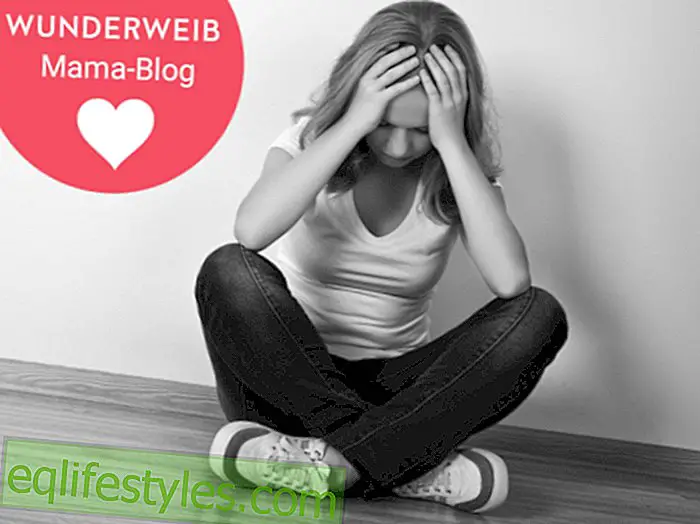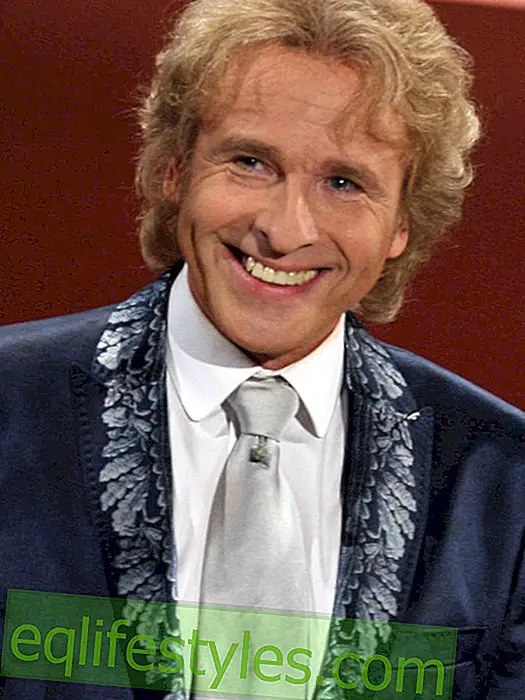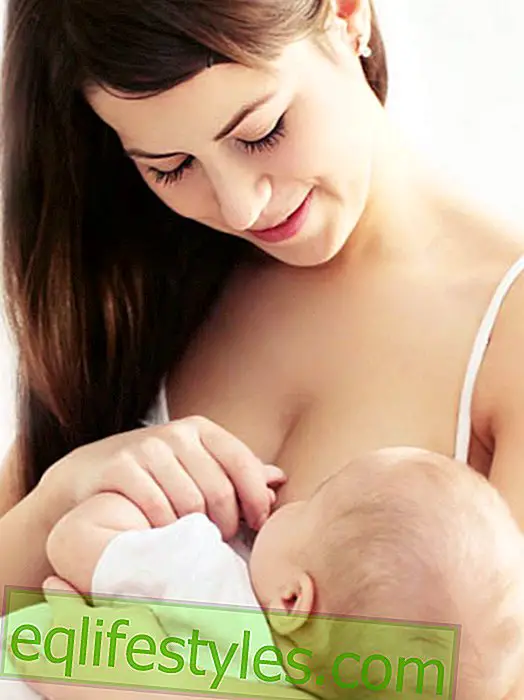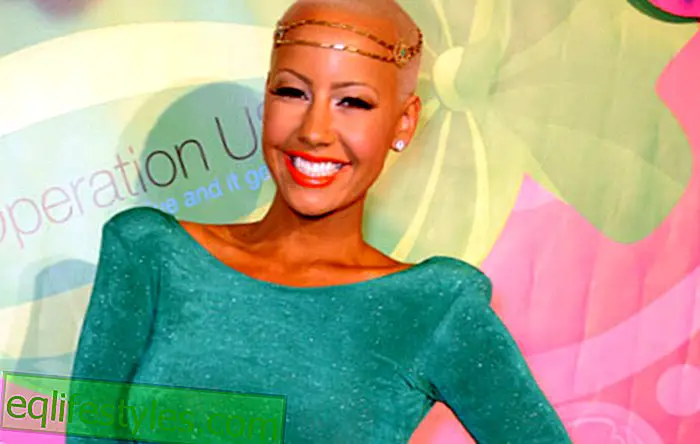The Flustix seal indicates plastic-free products. The sustainability label raises more questions than it answers at first. What exactly is the seal about? Who can wear it and how forgery-proof is the label? We clarify all questions about the Flustix seal.

Photo: iStock / Bill Oxford
- What's up with the Flustix seals?
- What is being tested and who can qualify?
- When will the Flustix seals be awarded?
- How can a seal be excluded?
- What can not the seal do?
In detergents, cosmetics and in our food, there are few products where you can be sure to consume no plastic. But even if you want to pay attention, it is difficult to go through all the chemical terms. A sustainability label that shows which products are really plastic-free would be a good start. The Flustix seals try to close this gap.
What's up with the Flustix seals?
The vision behind the four seals is a world in which nature is conserved and resources are managed in an environmentally conscious way. With the aim of reducing plastic waste, at least in the consumer area. Because in medicine, research, in the security sector and in transportation, plastic makes sense and is sometimes essential.
There are four seals:
- The first seal gets goods, where the entire product is plastic-free . This means that neither packaging nor the contents of the plastic are passed on to the consumer.
- The second seal receives goods whose contents are free from microplastics . This mainly concerns cosmetics and personal hygiene products.
- The third seal gets goods, with a plastic-free packaging . Because consumer goods that by nature contain no plastic or may not contain (eg food) may use the seal only for their packaging.
- The fourth seal is for goods that need to be packaged in plastic, but whose contents are completely plastic-free or that can demonstrate sustainability in the area of plastic avoidance.
What is being tested and who can qualify?
Products from the cosmetics, household goods, food, furniture, toys, technology, textiles and stationery sectors can be labeled.
In principle, every product can receive a qualification as long as it is plastic-free and can be found on the German-speaking market. In addition to Germany, these include Austria and Switzerland .
When will the Flustix seals be awarded?
Companies can send products of their choice. Flustix has two independent partners, who then assist with the award. The testing laboratory of the WESSLING Group analyzes the products and the logo and license partner RAL awards the respective seal. Products that have been awarded a seal are subject to repeated checks in order to exclude a seal abuse.
How can a seal forgery be ruled out?
The independent partners and the transparency of Flustix should prevent a seal abuse. The Flustix seal itself is registered as a Union trademark with the European Union Intellectual Property Office and the German Patent and Trademark Office. As a result, it is an official seal of approval as well as a trademark protected trademark and figurative mark .
What can not the seal do?
In times of globalization, many goods have longer transport routes and are sometimes transported multiple times. Contamination due to unavoidable environmental influences, storage, transport or recycling can therefore not be ruled out. Nevertheless, the goods bearing the Flustix seal must not exceed 0.5% of the tested components.
By Lisa Philomena Strietzel
More on the subject:
- Microplastic in the detergent: From the washing machine to the plate
- Microplastic stop in Sweden: what would a ban in Germany mean?









